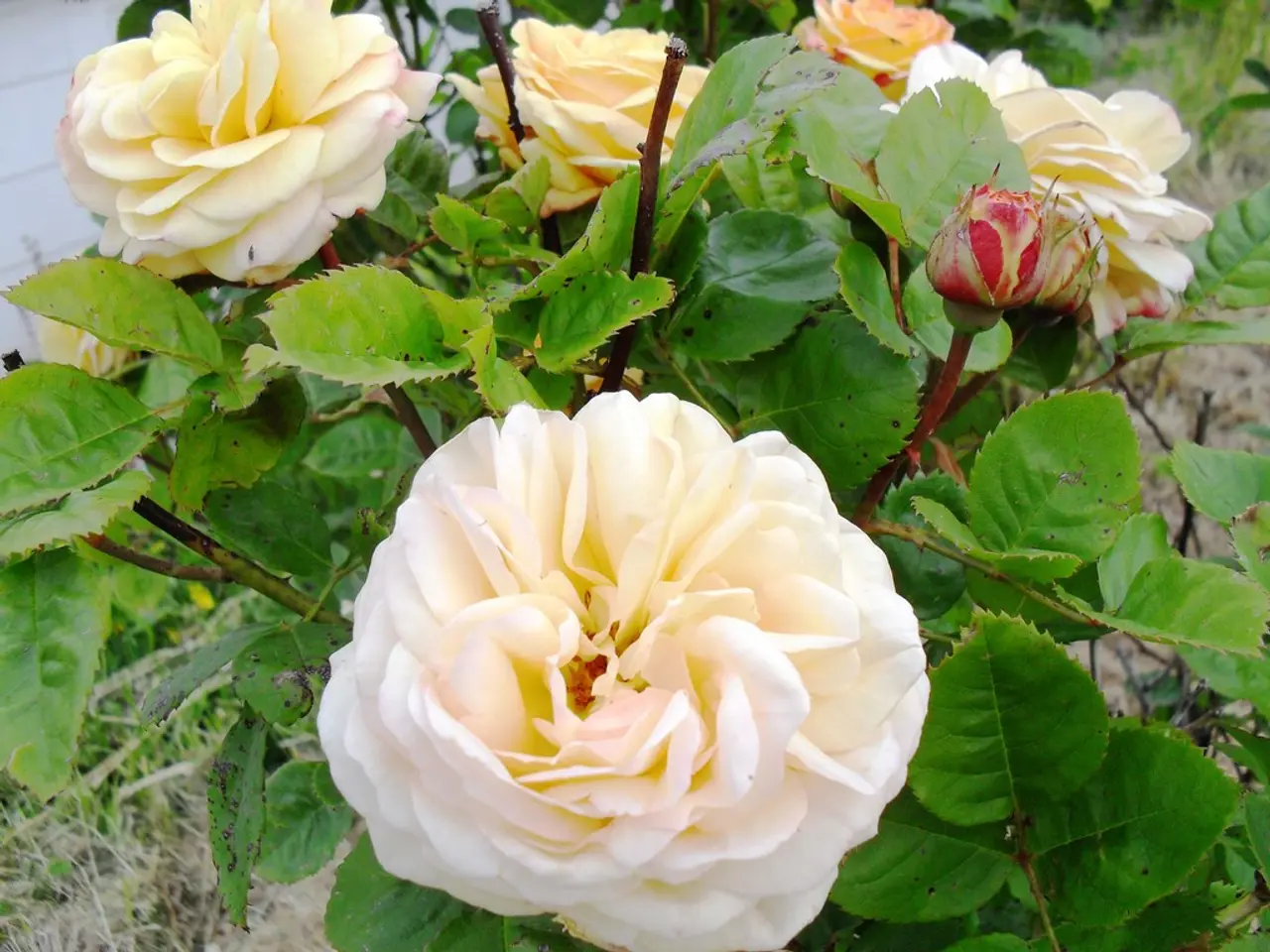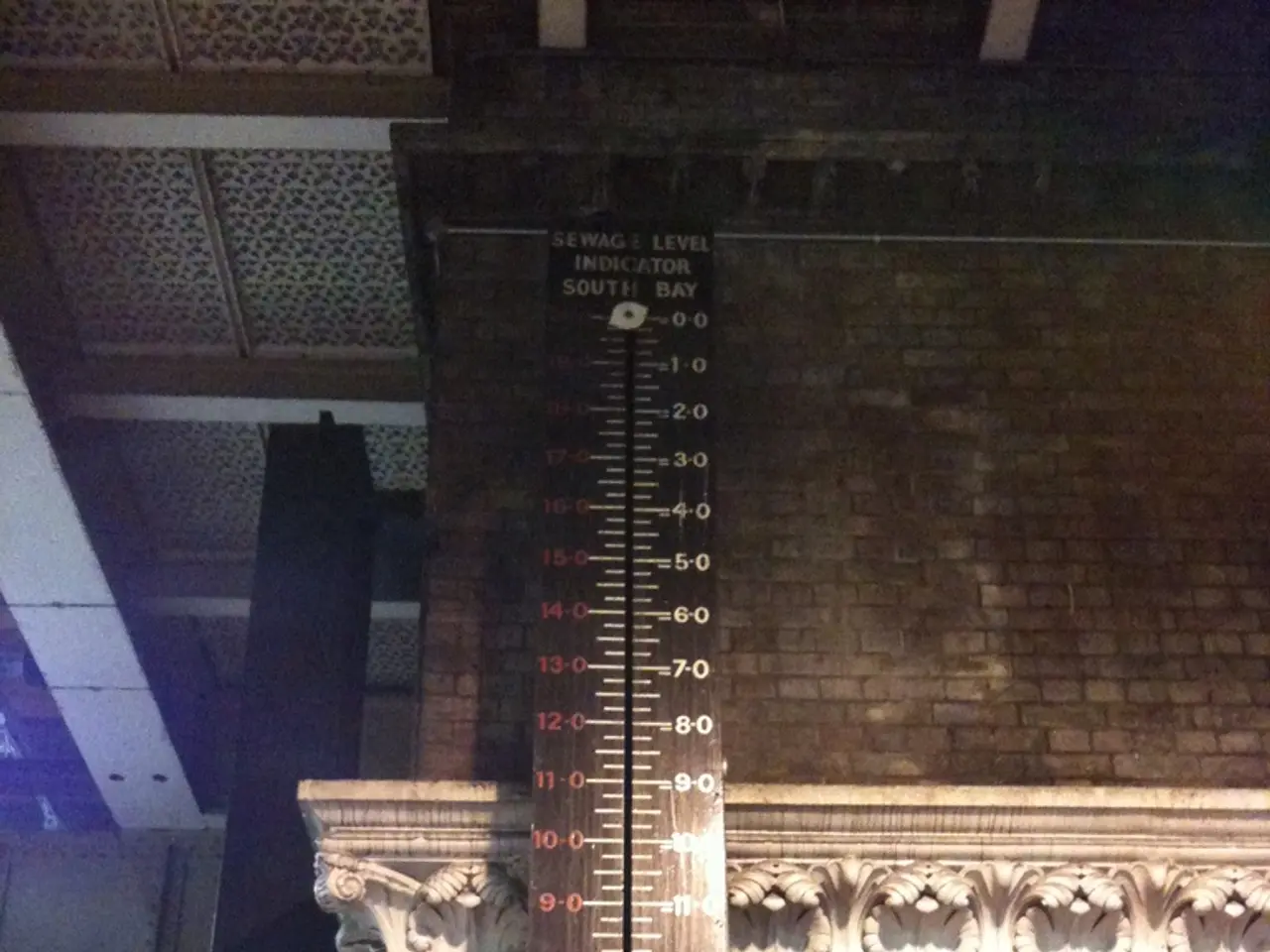Top Performing Grass Types That Flourish with Autumn Sowing
Planting the Perfect Fall Lawn: A Guide for Cool-Season and Warm-Season Grasses
As autumn approaches, it's the perfect time to give your lawn a fresh makeover. Depending on your climate and conditions, there are various grass types that thrive in the fall, enhancing the lushness and green colour of your lawn throughout the season and beyond.
Cool-Season Climates
In cool-season climates, such as those found in northern regions, grasses like Kentucky bluegrass, tall fescue, fine fescues, and perennial ryegrass are ideal. These grasses thrive in cool weather and grow actively in fall, helping establish a lush, green lawn. To plant bluegrass, overseed in the early fall when soil temperatures are still warm enough for seed germination but cooling air temperatures help the grass grow strong. Bahiagrass, another cool-season grass, prefers to be planted in the fall, especially in northern regions with cooler temperatures but warm enough soil during the day for seed germination. Before planting Bahiagrass, prepare the soil with a starter fertilizer and ensure sufficient watering for proper seed germination.
Warm-Season Climates
In warm-season climates, grasses like Bermuda grass, Zoysia grass, St. Augustine grass, and centipedegrass are preferred. However, these grasses are better planted in late spring or summer since they grow actively in warm weather. In early fall, warm-season grasses can still be established before dormancy, providing a green lawn during the cooler months.
Transition Zones
Transition zones, areas with hot summers and cold winters, require a mix approach. Plant warm-season grasses such as Bermuda or Zoysia in summer, then overseed with cool-season grasses like perennial ryegrass in fall to maintain green color during cooler months.
Special Considerations
- For shaded areas, fine fescues (cool-season) and St. Augustine or Zoysia (warm-season) tolerate shade better.
- For drought tolerance, buffalograss and bermudagrass perform well during dry spells.
- For high foot traffic, bermudagrass and tall fescue are good options.
Tall Fescue
Tall Fescue is a durable grass that can handle foot traffic and is perfect for lawns that get a lot of use. Ideal for creating a new lawn or thickening an existing one, Tall Fescue can tolerate both hot summers and cool winters. When planting Tall Fescue, prepare the soil by loosening it and adding compost for added nutrients.
By following this guide, you can create a beautiful fall lawn that will last throughout the season and provide a lush, green lawn in the spring. Happy planting!
Transforming your home-and-garden into a beautiful fall retreat can be done by selecting the right grass for your climate. For cool-season climates, planting grasses like Kentucky bluegrass, tall fescue, fine fescues, and perennial ryegrass in the fall will help establish a thriving, vibrant lawn. Alternatively, in warm-season climates, consider planting Bermuda grass, Zoysia grass, St. Augustine grass, or centipedegrass, although these are best planted in late spring or summer.




